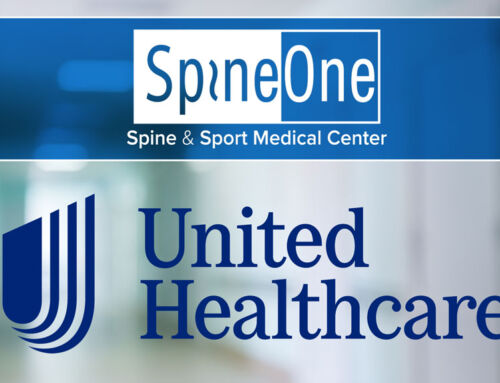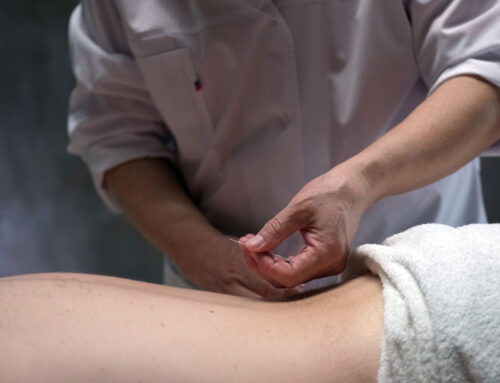Unlocking the Power of PRP: Your Guide to Platelet-Rich Plasma Therapy
In the realm of regenerative medicine, Platelet-Rich Plasma (PRP) has emerged as a groundbreaking and innovative therapeutic approach. This revolutionary treatment harnesses the body’s natural healing abilities to accelerate tissue repair and regeneration. In this blog post, we’ll delve into the science behind PRP, its diverse applications, and its growing popularity in the medical field.
Understanding Platelet-Rich Plasma
Platelet-Rich Plasma, commonly known as PRP, is a concentrated form of platelets and growth factors obtained from a patient’s own blood. Platelets are tiny blood cells that play a crucial role in clotting, and wound healing. However, they are also rich in growth factors that stimulate revascularization and connective tissue repair to facilitate regeneration. To create PRP, a small amount of the patient’s blood is drawn, processed, and then injected back into the targeted area.
The Science of PRP:
PRP operates on a simple principle that the higher the concentration of platelets the more the body’s regenerative response is rapidly and effectively triggered by recruiting the bodies stem cells. The process of creating PRP involves spinning the patient’s blood in a centrifuge to separate its components. This results in a concentration of platelets, which is then mixed with the remaining plasma. The resulting PRP mixture is rich in growth factors, cytokines, and other bioactive proteins that enhance the body’s natural healing processes. Not all PRP is created equal. Most definitions of PRP agree on “platelet rich” being concentrating to 5x baseline platelet count or a concentration of 1,000,000/µL platelets. Unfortunately, some lab studies show that only 1/3 of the commercially available PRP systems meet or exceed this current definition. Like any product, ask your doctor what system is being used and what concentration can be achieved.
Once the PRP is collected and processed it needs to be accurately placed at the site of injury which takes precision and ideally direct visualization with ultrasound or Xray guidance. It only helps if you if you put it in the right place!
Applications of PRP:
- Orthopedic Injuries: PRP has gained widespread popularity in treating musculoskeletal injuries, such as tendonitis, ligament sprains/strains, osteoarthritis, and degenerative disc disease. Injecting PRP into damaged tissues promotes faster healing and reduces inflammation.
- Aesthetics: PRP is commonly used in cosmetic procedures to improve skin texture, stimulate collagen production, and address issues like fine lines and wrinkles. The treatment is popularly known as the “vampire facial.”
- Dental Procedures: PRP has found its way into dentistry, where it aids in accelerating the healing process after oral surgeries, such as tooth extractions and dental implant placements.
- Chronic Wound Healing: PRP has shown promise in treating chronic wounds, diabetic ulcers, and non-healing injuries by enhancing the body’s natural wound-healing mechanisms.
Platelet-Rich Plasma stands at the forefront of regenerative medicine, offering a natural and effective way to promote healing and tissue regeneration to recruit the body’s own stem cells via a simple blood draw. As ongoing research continues to unveil new applications and refine existing protocols, the future of PRP holds immense promise in transforming the landscape of healthcare and providing patients with innovative solutions for a variety of conditions.
At SpineOne, our experienced medical professionals are dedicated to providing personalized care. PRP has become a mainstay of orthopedic and sports medicine treatment and has been offered at SpineOne since 2018. We use state-of-the-art techniques to ensure optimal results for our patients undergoing PRP therapy. Contact us today to schedule a consultation and explore the benefits of Platelet Rich Plasma.


